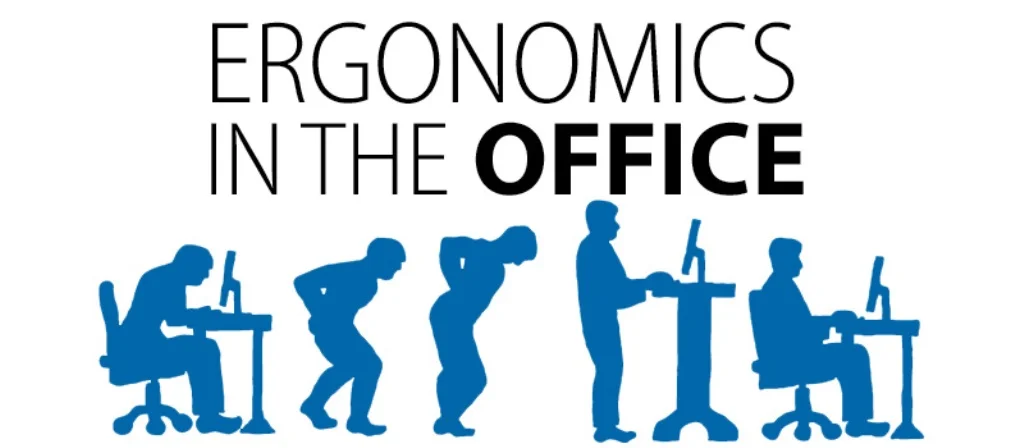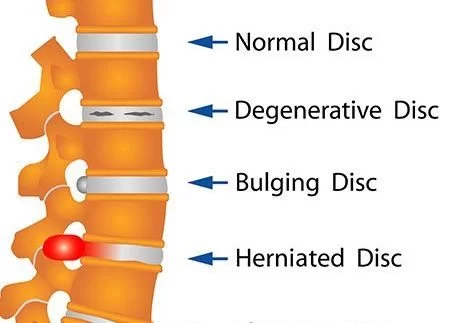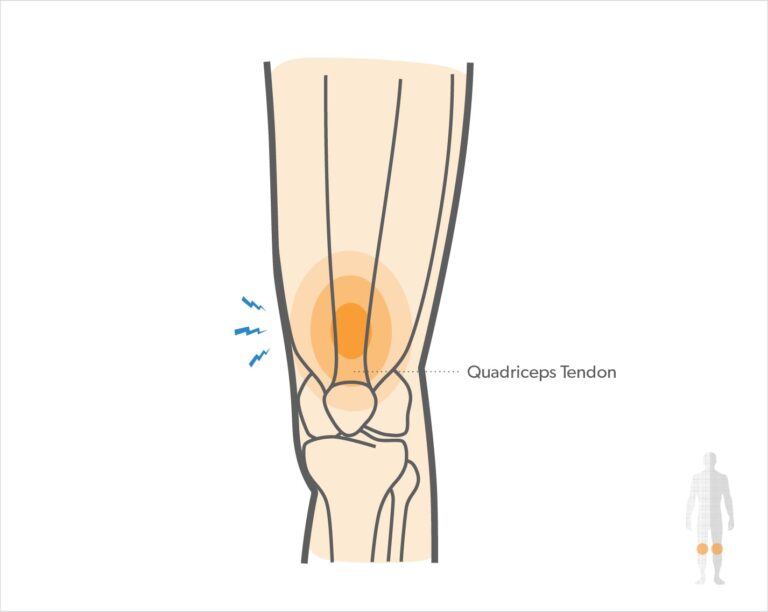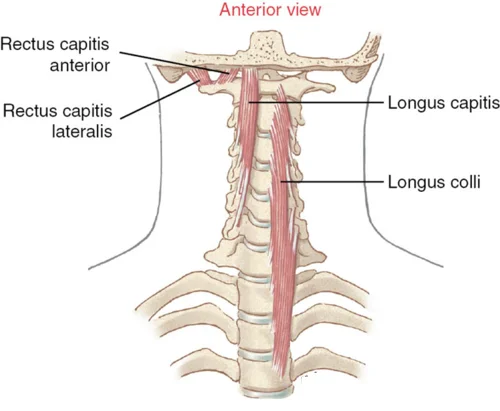Ergonomics for neck pain (Neck Pain Care):
Ergonomics for neck pain is a treatment part of Neck pain related condition such as slip disc at cervical area, cervical spondylosis. If you have neck pain, you are taking medical and Physiotherapy treatment but not followed ergonomics advice that suggested by your doctors, you pain won’t go away.
It is important part of treatment where you also follow workplace ergonomics for permanent solution of neck pain. If you are using computer then computer monitor, and/or keyboard, position of the desk is important to avoid stress on your neck you feel during working hours. During sleep you can select proper positioned pillow that support enough to your neck.
Ergonomics, or the science of designing equipment and environments to suit according to your bodies, is an important part of treating neck pain. The neck is made up of many small vertebrae(bone), muscles and tendons, which can become over-stressed or injured when they are forced to carry out their original function but are in a state of chronic strain.
This chronic strain can lead to neck pain, stiffness and pain when you turn your head, lift your chin or move your head from side to side. But by understanding how the neck is put under strain, and by taking steps to make sure the neck is properly supported and aligned, you can reduce the risk of neck pain, stiffness and injury.
Table of Contents
INTRODUCTION:
- Neck pain is more common in office workers than any other occupation, while the annual prevalence ranges is 42-63%.
- There are 5 easy tips that will go a long way in helping your neck and back feel better at work.
- Practice for good posture
- Adjust monitor height and keyboard placing
- Standing more
- Limited using of phone screen
- Walk around workplace
1) Practice for good posture:
- Whenever you sitting at your desk, placing feet flat on the floor and keep your back straight into the chair with supported position.
- Keep your Head in a neutral position at the levels of ears and directly above your shoulders.
- You also should avoid rounding your lower back, which in turn can cause your head and shoulders to slump forward, adjust your chair’s height to allow your thighs to angle down slightly.
- This position keeps your weight equally distributed through your sit bones, located on the lower part of your hips.
2) Adjust monitor height and keyboard placing:
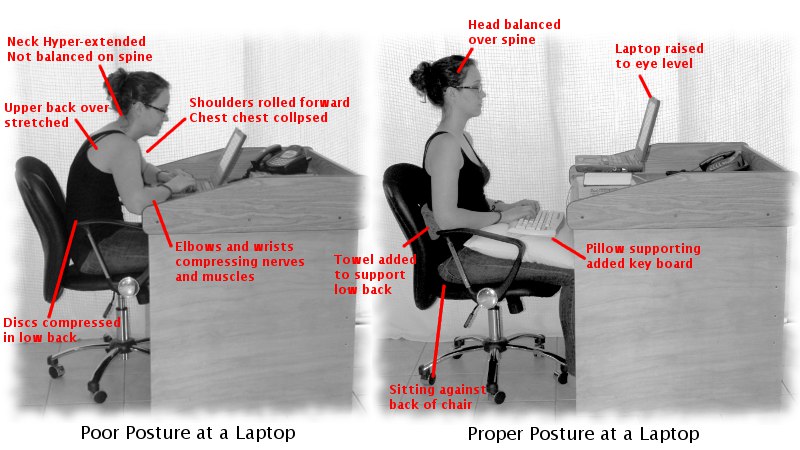
- Placing a computer monitor directly in front of the center of the screen level with your nose.
- If the monitor placement is too low, you will angle your head downward and excess stress on your neck.
- If you are doing work primarily on a laptop, use a secondary monitor if possible.
- Position the keyboard close to you so your elbows are bent approximately 90 degrees when typing.
- Set the keyboard high so you aren’t forced to slump down through your shoulders to touch the keys.
- Place the mouse at the same level as the keyboard.
3) Standing more:
- Sitting in an office chair looks normal, but it can be exhausting.
- The longer you sit, it is difficult to hold good posture. Each day, try to spend at least an one hour or two on your feet or spend in a chair.
- One option is to use a standing desk.
- If a standing desk is not comfortable for you, there are inexpensive desktop converters that enable you to keep your desk and temporarily convert it to a standup desk.
4) reduced the use of smartphone screen time:

- If you are try to bend your heads forward even further when looking at mobiles and tablets, especially when using a mobile to text or email.
- if you are Holding a head-forward position to look down at your device for longer time can cause painful muscle strains in the short time and may contribute to disc or joint injuries in the long time.
- Any time you can, answer emails through a desktop computer rather than a phone, as this offers the best chance for good posture.
5) Walk around the workplace:
- Walk around the office every 30 minutes to reduce the risk of developing back, neck, and/or shoulder pain from sitting. It can also help to get up and move around if you start to feel some achiness or tightness developing.
- An easy way to do this is to set a silent alarm on your smartphone to go off every 30 minutes. It may not be possible to get up every time the alarm goes off, but it can be a good reminder that you’ve been sitting for quite a while, especially if you skip the alarm a few times in a row.
- If you give one or more of these tips a try, you may experience a healthier and more productive day.
Risk Factors:
Gender:
- Females are at higher risk for developing neck pain and the reason may be that women have a higher musculoskeletal load and symptoms more often.
Age:
- The risk of developing neck pain increases until 50 years of age and then starts to decline.
Regular Exercise :
- Exercising at least 3 times a week may reduce the risk of developing neck pain by 1.5 times.
- Mobility of the cervical spine.
Prolonged sustained posture:
- Holding the neck in a semi-flexed position for a long duration increases the risk of developing neck pain.
- The neck and upper back muscles are required to provide stability to the ‘moving’ arms, hands and finger, which in turn leads to muscle tension and repetitive strain.
- Prolonged sitting posture affects the natural curvature of the spine, while also increasing the pressure on intervertebral discs, ligaments, and muscles.
Workstation design and sitting posture/ ergonomics:
- A poorly designed working station has a direct impact on musculoskeletal injuries such as neck pain, as it overloads certain body parts.
Psychological stress:
- Slightly elevated stress levels can increase the risk of developing neck pain by 1.6 times. Other aspects like anxiety, depression and support also increase the risk of developing neck pain.

